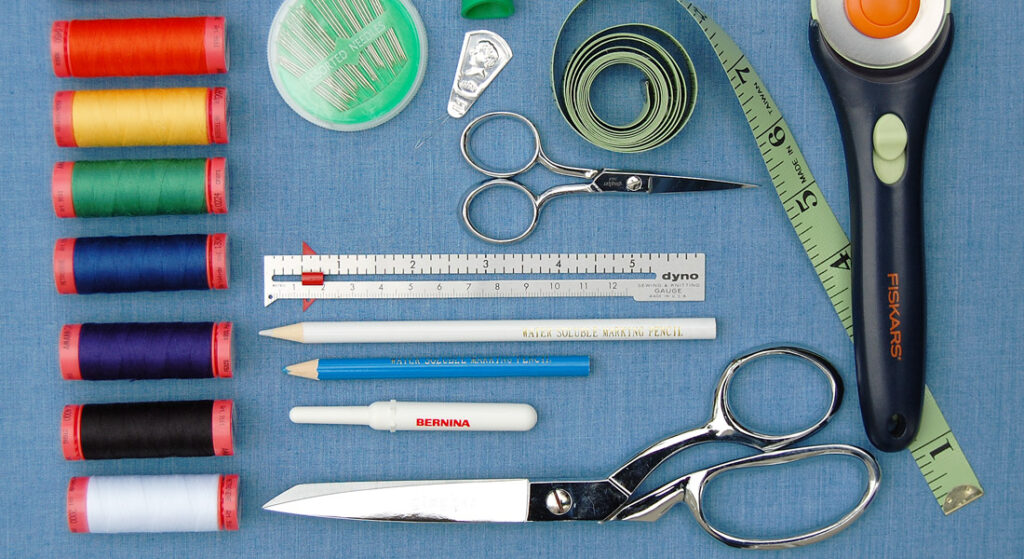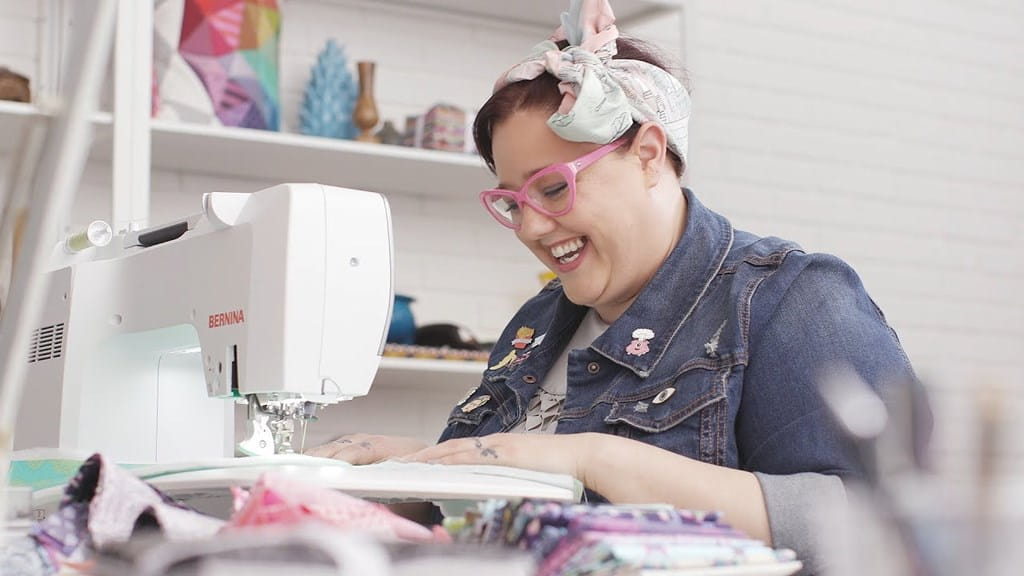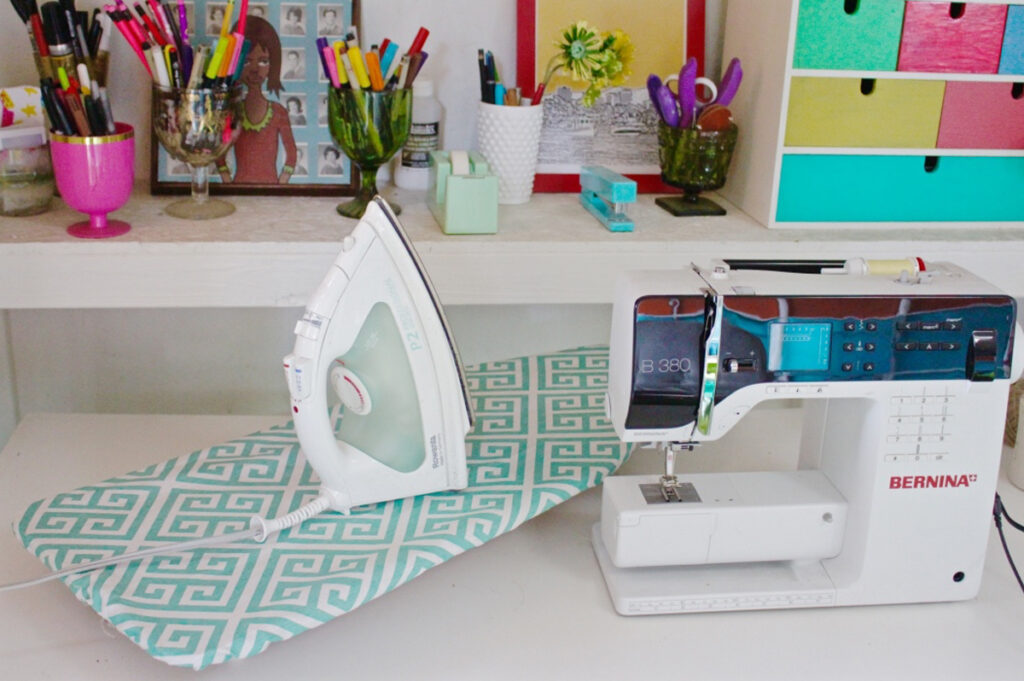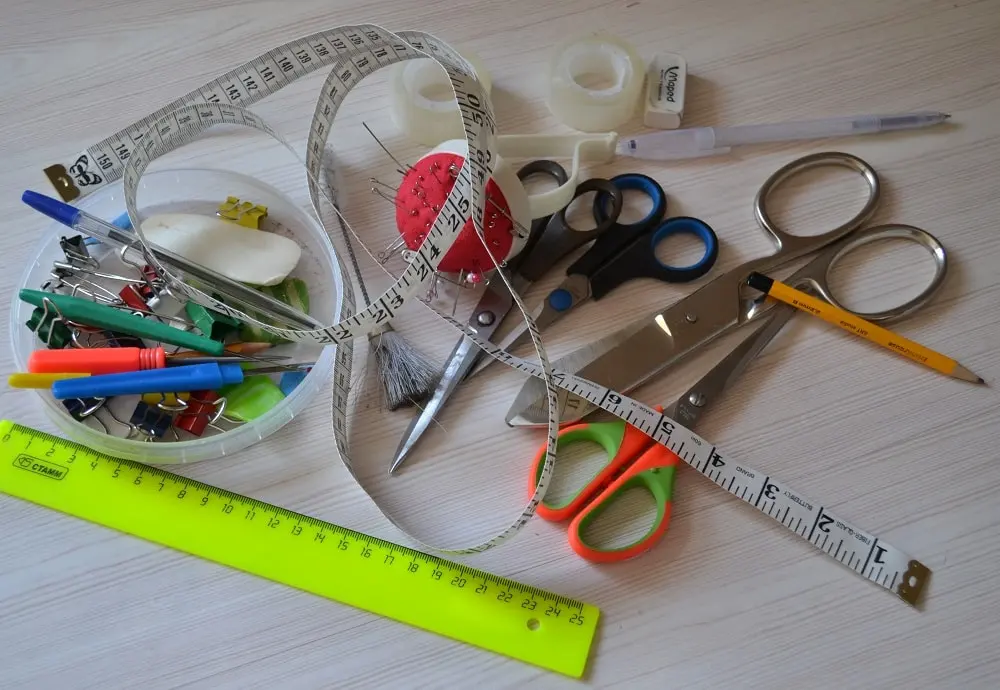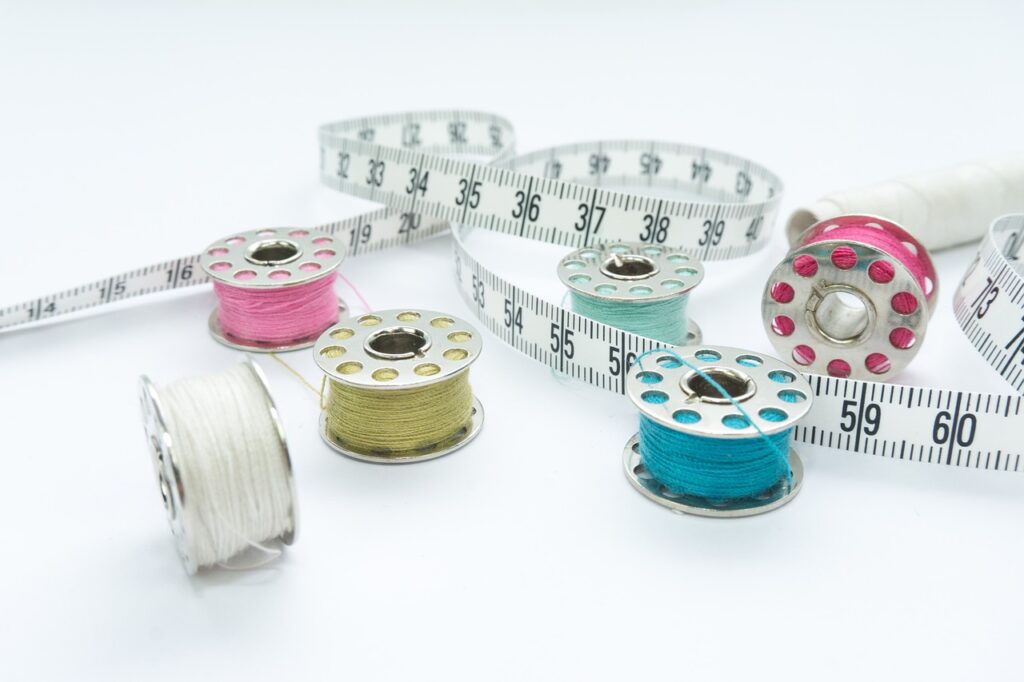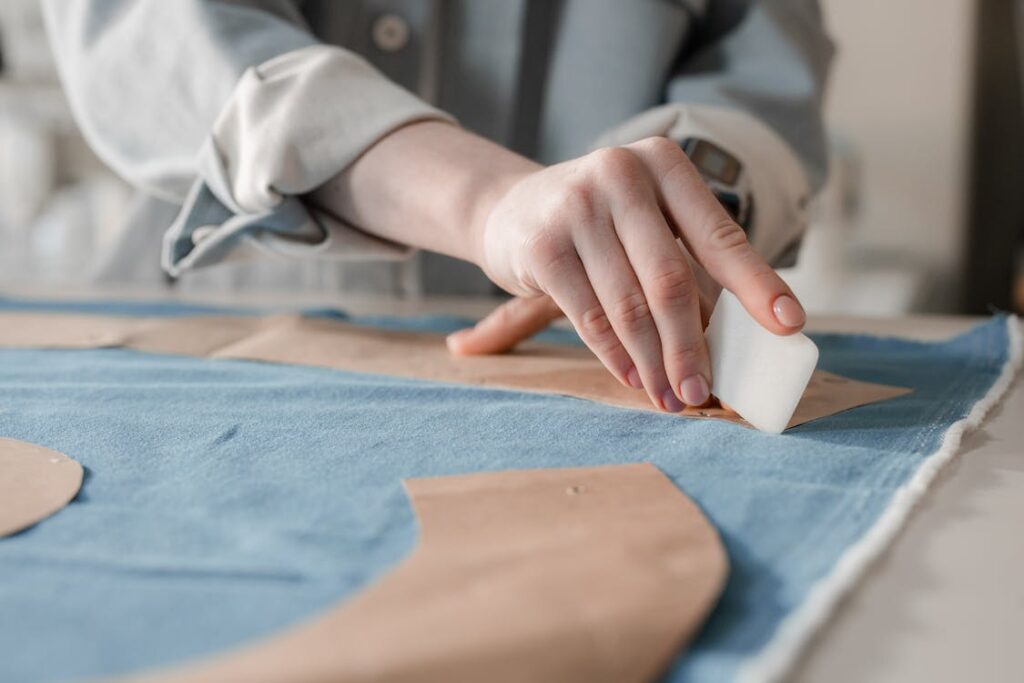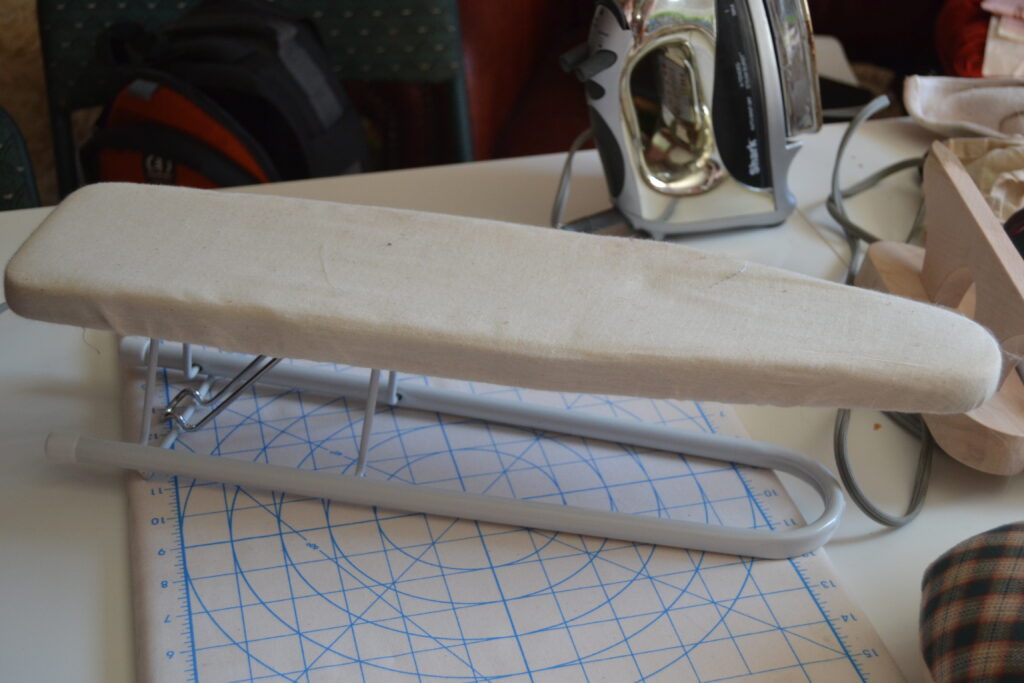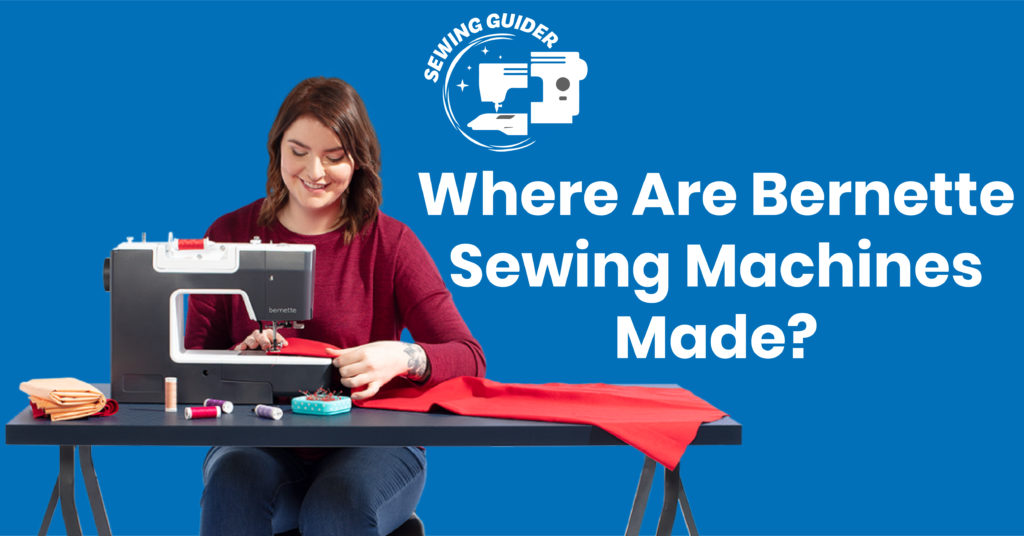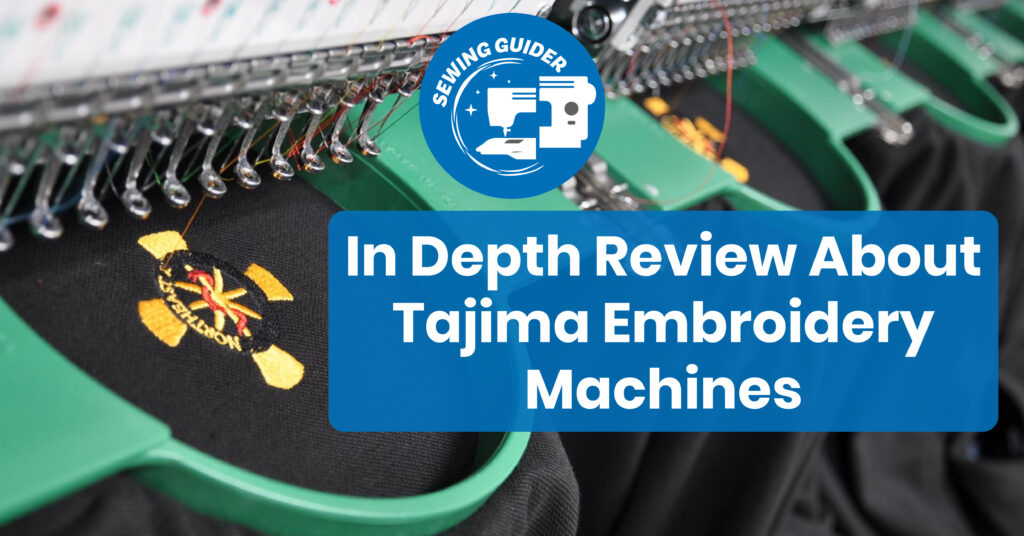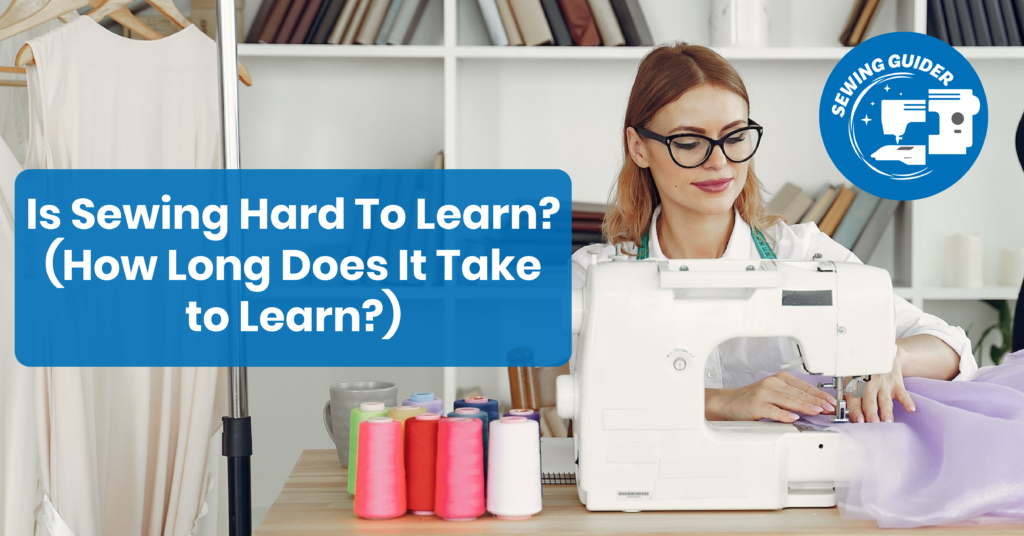To be good at sewing, you need to be precise, creative and have a lot of patience. It can be a fun and rewarding hobby, but when you first start, it can take a lot of work to know where to start. Having the right sewing tools can make all the difference in your projects, whether you are a beginner or a pro. Knowing what tools you need and how to use them can take time and effort. This guide is meant to help people just starting with sewing know what basic tools they need and how to use them.
1. Cutting Tools:
For any sewing job, you need tools for cutting. There are scissors, rotary cutters, and cutting mats among these tools. There are many different sizes and shapes of scissors, but the most popular ones are the dressmaker’s shears and the embroidery scissors. A rotary cutter is great for cutting through multiple layers of fabric, and a cutting mat protects your work area and helps you make precise cuts. Cutting tools are used to cut fabric accurately and efficiently.
- Fabric Scissors: Good fabric scissors make it easy and smooth to cut through the cloth.
- Rotary Cutter: You can cut fabric quickly and correctly with a rotary cutter.
- Cutting Mat: A cutting mat keeps your work area safe and makes your blades last longer.
2. Measuring Tools:
Tools for measuring are very important if you want your project to be correct and fit well. Most of the time, a measuring tape is used to measure something. A seam measure is useful for measuring small areas like hems, and a tailor’s chalk can mark your fabric before you cut it.
3. Sewing Machines:
Anyone who sews, whether a beginner or a pro, needs a sewing machine. There are different sewing machines, such as mechanical, electric, or computerized. A mechanical sewing machine is the simplest and least expensive choice, while a computerized machine is more advanced and has more features.
4. Hand Sewing Tools:
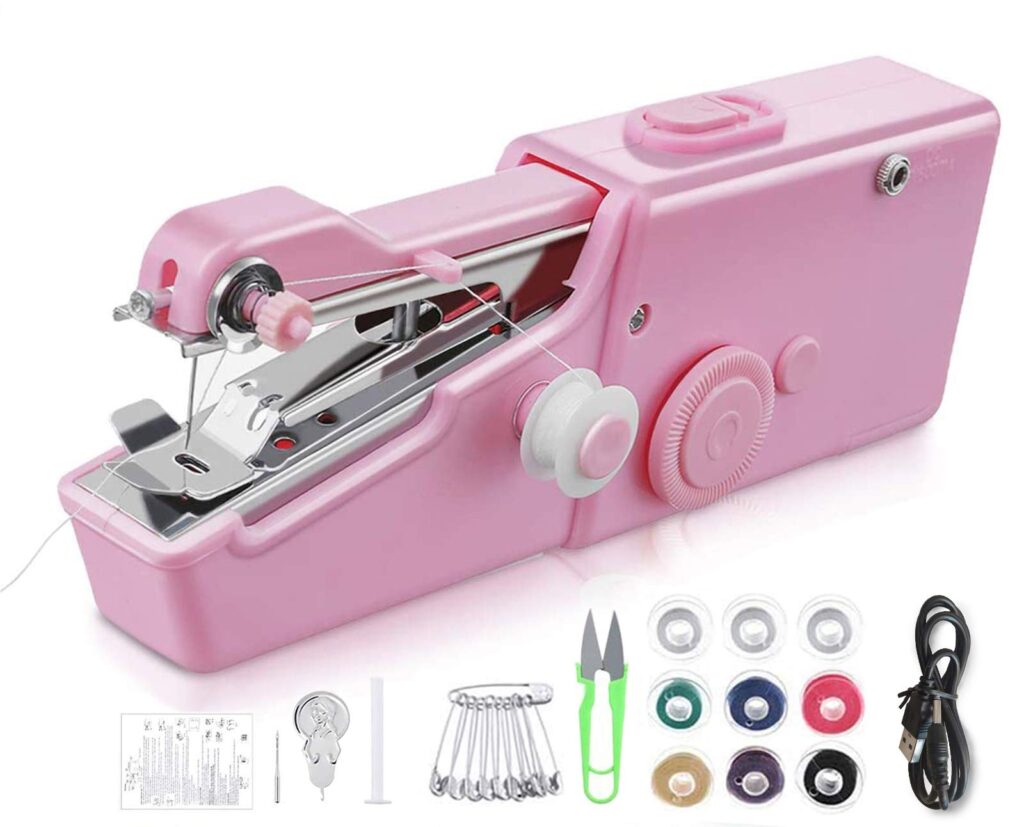
It would be best to have hand-sewing tools for jobs that can’t be done with a sewing machine. There are needles, thread, and thimbles among these things. There are many different sizes and shapes of needles, but the sharps and embroidery needles are the most popular. Different colours and kinds of thread exist, like cotton, polyester, and silk. Thimbles keep your fingers from getting hurt when you sew by hand.
5. Iron and Ironing Board:
To press and iron your cloth before and after sewing, you need an iron and a place to put it. For accurate sewing, you need a flat, smooth surface, and an iron can help you eliminate wrinkles and folds in your fabric.
6. Basic Stitching Tools
Any sewing job, whether done by hand or machine, needs the following tools.
- Hand Needles: Needles have different sizes and shapes for different sewing tasks. It’s important to have a lot of tools to choose from.
- Thimble: A thimble keeps your fingers from hurting when you push a needle through a thick cloth.
- Quality Thread: Good quality thread is less likely to break and helps your stitches last longer.
- Machine Needles: Like hand needles, machine needles come in different sizes and types for different fabrics and uses.
- Seam Ripper: When you make a mistake, you can use this tool to remove stitches.
- Presser Feet: Different presser feet are available for different sewing techniques. Most sewing machines come with at least one presser foot.
7. Sewing Pinning Tools:
It would be best to have pins and pin tools to keep the cloth in place while sewing.
- Pins: For different fabrics, choose pins of different lengths that are sharp and won’t rust.
- Pin Cushion: A pin cushion helps keep your pins in order and close by.
- Clips: Instead of pins, you can use clips for thicker fabrics or places where pins might leave holes.
8. Sewing Measuring Tools:
Accurate measuring ensures a precise fit and professional finish.
- Tape Measure: You need a bendable tape measure to measure your body and fabrics.
- Sliding Gauge: You can mark hems, buttonholes, and pleats with a sliding gauge.
- French Ruler: A French ruler makes accurate curves and forms.
9. Sewing Marking Tools:
Marking tools help you put the markings from your plan on your fabric.
- Chalk for tailors: This chalk comes in different colours and marks the cloth.
- Disappearing Ink Pen: You can use this pen to make temporary marks on cloth, and the marks will go away after a while.
- Fabric pencils: They come in different colours and make marks on the fabric.
10. Sewing Pressing Tools:
For a professional finish, pressing tools are used to press cloth and seams:
- Iron: You can press cloth and seams with an iron. Choose an iron that can be set to different temperatures.
- Ironing Board: An ironing board gives you a flat area for pressing fabric and seams.
- Pressing Ham: You can use a pressing ham to press areas with curves, like sleeves and bends.
6 Extra Tools You Need in Your Sewing Room:
The following tools may be optional but can make sewing more enjoyable and efficient.
- A good stash of fabric: It is a mix of patterns that can be used for many projects.
- Idea’s Board: A place to post ideas and inspiration for future projects.
- Dress Form: A dress form helps you figure out how to fit clothes.
- Mirror: A full-length mirror can help you determine how your clothes fit.
- Sewing Chair: You can sew longer if you have a comfy chair.
- Vacuum Cleaner: A sewing room that is clean and tidy is sunny.
Sewing Storage Equipment:
Your sewing area will be more organized and useful with good storage tools.
- Sewing Table or Sewing Cabinet: A sewing table or cabinet helps you keep your sewing machine and materials in order and close at hand.
- Cutting Table or Self-Healing Mat for Sewing: A cutting table or self-healing mat gives you a flat surface for cutting fabric and keeps your work area from getting damaged.
Some tips to help you organize your sewing space in no time:
- Sort through your materials and remove anything you don’t need or use.
- Things like thread, needles, and pins should be put together.
- To keep track of everything, label storage bins.
- Keep things you often use within reach.
Best Dress Forms: Buyer’s Guide:
A dress form is a great way to ensure that clothes fit right. Think about the following when picking a dress form:
- Size: Pick a dress form that is the same size as you.
- Adjustability: Look for a dress form with settings that you can turn to make the fit just right.
- Material: Choose a dress form made of strong, long-lasting material.
Conclusion
Having the right tools for sewing can make a big difference in how well your projects turn out. From tools for cutting to hand sewing, measuring tools, sewing machines, and ironing tools, each tool has a specific job and helps your sewing projects turn out well. With the right storage and organization, you can keep your sewing room clean and well-run, making sewing more fun and satisfying.
Frequently Asked Questions
Do I Need to Buy All of These Tools Before I Start Sewing?
No, you can start with the basics and gradually add to your collection as you gain experience and tackle more complex projects.
What Is the Difference Between Hand Needles and Machine Needles?
Hand needles are used for hand sewing, while machine needles are used for machine sewing. Machine needles are designed to work with specific fabrics and machines.
Can I Use Regular Scissors to Cut Fabric?
Regular scissors are not designed to cut through fabric and can cause uneven edges and fraying.
What Is a Rotary Cutter, and Do I Need One?
A rotary cutter is a tool that makes it easy and accurate to cut fabric. It is often used with a cutting mat and a ruler to ensure straight cuts. Even though it isn’t necessary for every sewing job, it can save a lot of time when cutting large pieces of fabric.
What Should I Look for When Buying a Sewing Chair?
Look for a comfy sewing chair that can be adjusted and supports your back. When you sew, you’ll spend a lot of time sitting in your chair, so choosing one that helps you sit up straight and takes the pressure off your back and neck is important.
Can I Use a Regular Iron for Pressing Fabric?
You can press fabric with a regular iron, but a tailor’s ham or pressing board, which is made for sewing, can make a big difference in the quality of your finished project. These tools have a flat surface or a unique shape that can help you precisely press seams and curves.


